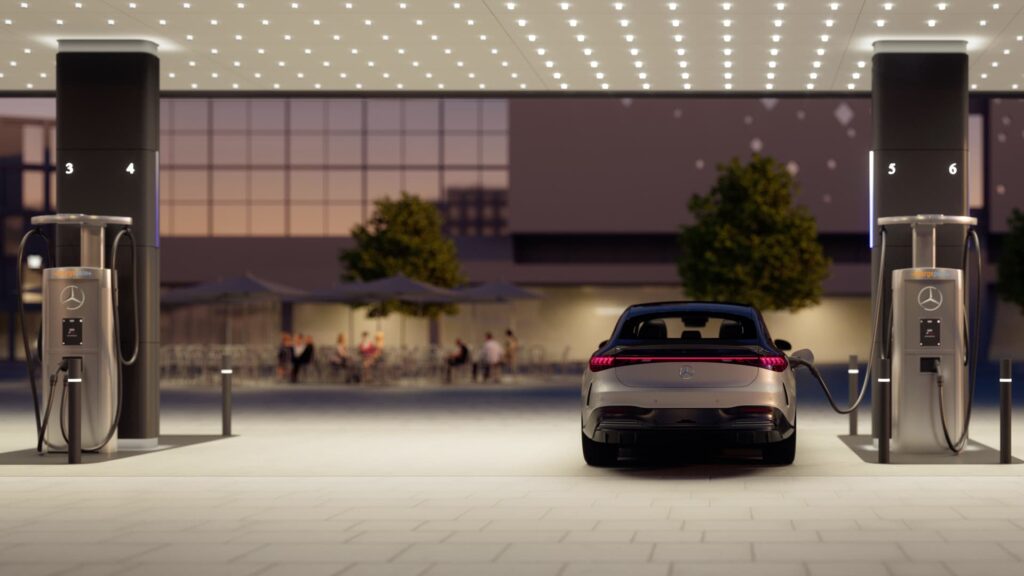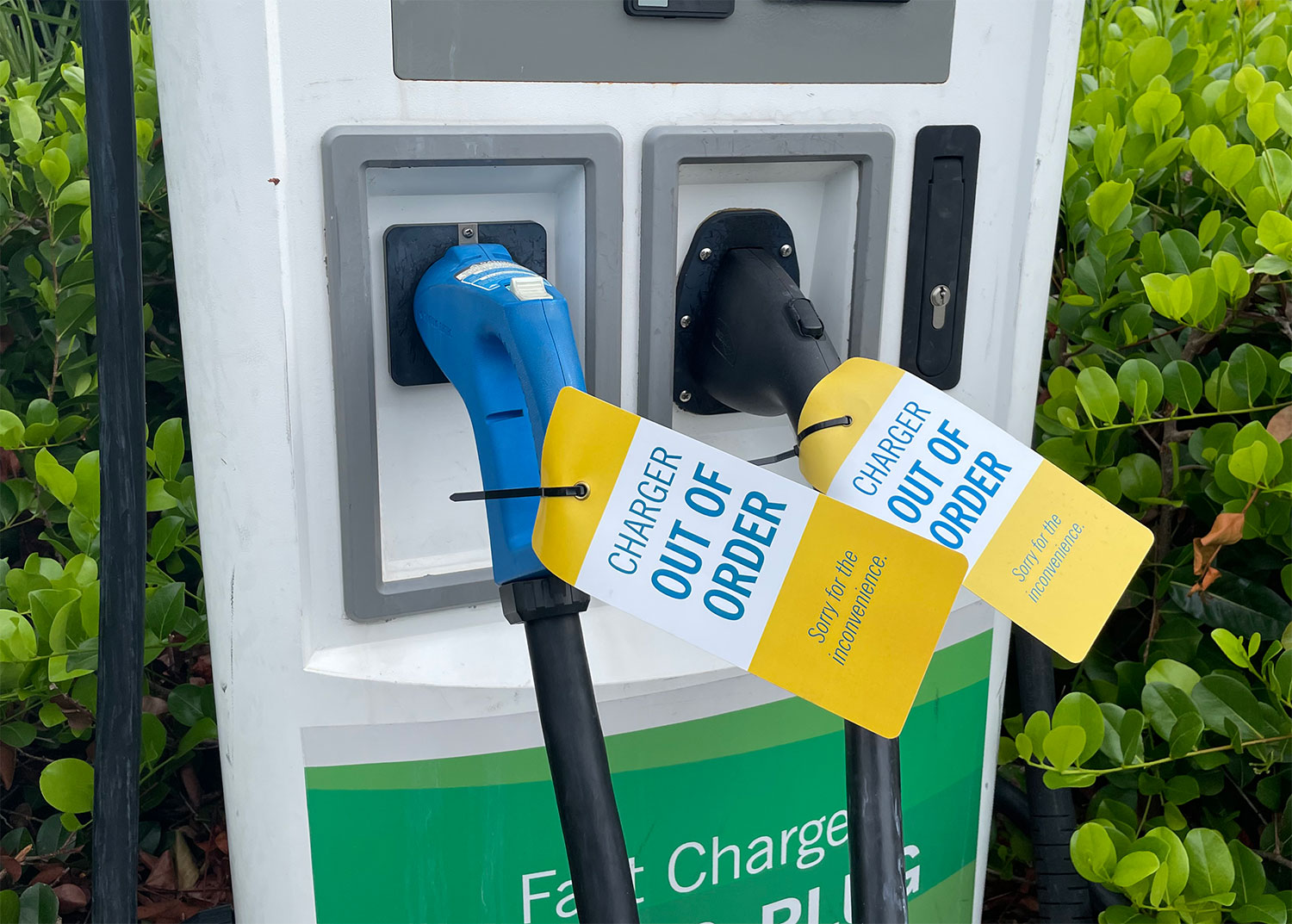Key Innovations in the EV Sector You’ll Find in Today’s Buy EV Charging news
Key Innovations in the EV Sector You’ll Find in Today’s Buy EV Charging news
Blog Article
Leading EV Charging Information: Key Updates on Facilities and Technology

Current Improvements in Fast-Charging Modern Technology
Additionally, advancements in battery modern technology, including enhanced thermal monitoring systems and higher power thickness batteries, complement fast-charging abilities. These growths reduce the danger of battery destruction during fast charging, making certain longevity and efficiency for EV proprietors.
Additionally, the combination of clever billing remedies is enhancing individual experience, making it possible for real-time surveillance and dynamic pricing models. EV Charging news. This versatility allows chauffeurs to optimize charging expenses and times based upon grid need
As automakers continue to invest in fast-charging networks, the partnership in between sector stakeholders is essential. Collaborations in between billing terminal providers and automobile makers are leading the way for extensive coverage, ultimately fostering a more robust EV ecosystem. These developments are crucial in supporting the transition to sustainable transport.
Federal Government Campaigns for Billing Growth
Federal government efforts play an important duty in the growth of electric car (EV) charging infrastructure, facilitating the transition to sustainable transport. Numerous federal and state programs are being executed to enhance billing access, lower the monetary concern on consumers, and advertise the fostering of electric vehicles.
Significantly, the U.S. federal government has actually designated significant financing with the Framework Financial Investment and Jobs Act, which sets aside $7.5 billion for EV charging network development throughout the nation. This financing is aimed at deploying hundreds of brand-new charging terminals, especially in underserved locations, consequently dealing with variety anxiousness among possible EV customers.
Furthermore, numerous states are establishing legislation to simplify the permitting procedure for charging terminal setups, which is essential for increasing implementation. Incentives such as tax credit ratings and discounts for both consumers and services are also being presented to motivate the installation of charging infrastructure.
Moreover, public-private partnerships are progressively ending up being a focus, leveraging personal financial investment to complement federal government financing. These initiatives highlight a collective approach necessary for building a efficient and comprehensive EV billing network, ultimately adding to a greener and even more lasting future.
Innovative Battery Solutions Enhancing Efficiency
Changing the landscape of electric lorry (EV) technology, ingenious battery remedies are significantly enhancing effectiveness and efficiency. Breakthroughs in battery chemistry, especially with lithium-sulfur and solid-state batteries, are leading sites to enhanced energy density, which permits longer varieties and faster billing times. These brand-new battery types have the prospective to outmatch Learn More Here traditional lithium-ion batteries by offering higher capacities while decreasing weight, thus boosting overall vehicle effectiveness.
Furthermore, advancements in battery administration systems (BMS) are enhancing energy usage and prolonging battery lifespan. Smart formulas monitor battery health and wellness and performance, allowing real-time adjustments to billing and releasing procedures. This not just enhances the effectiveness of the battery however additionally makes certain an extra trusted and lasting energy source for EVs.
In addition, the assimilation of reusing innovations is addressing the ecological impact of battery production and disposal. Innovations in second-life applications for EV batteries are promoting their usage in energy storage space systems, adding to a circular economic situation.
As these innovative battery solutions proceed to progress, they promise to change the EV market, making electric vehicles more attractive and available to a more comprehensive target market while supporting worldwide sustainability goals.

Partnership Between Automakers and Charging Networks
Acknowledging the essential need for a robust charging infrastructure, automakers are increasingly collaborating with charging network companies to improve the EV possession experience (EV Charging news). These collaborations intend to develop a smooth billing ecosystem that profits consumers and sustains the change to electrical automobiles
Significant automobile brands are joining pressures with well-known billing networks to broaden their billing terminal coverage, making certain vehicle drivers have accessibility to reliable and hassle-free billing choices. For example, partnerships with networks like ChargePoint and Electrify America permit automakers to incorporate charging solutions straight into their cars' navigating systems, assisting individuals to the nearest his response terminals and giving real-time accessibility updates.
Moreover, these partnerships frequently cause the development of fast-charging innovations that considerably lower the time required to charge an EV. By pooling sources and competence, automakers and charging networks can introduce faster, developing solutions that meet the expanding need for electric flexibility.
Additionally, joint efforts might also cause more standardized billing protocols, which can ease customer confusion and promote more comprehensive EV adoption. In general, these tactical partnerships are crucial in building a user-friendly and effective billing framework that meets the requirements of an increasing electric car market.
Obstacles Encountering EV Billing Infrastructure
As the electric vehicle market proceeds to expand, several challenges are appearing that hinder the advancement of a comprehensive billing facilities. One of the main challenges is the insufficient variety of charging stations, especially in underserved and country city locations. This void develops variety stress and anxiety among potential EV buyers, discouraging them from making the switch.
Furthermore, the lack of standardization in billing innovation makes complex the facilities landscape. Variants in plug types and charging speeds can create complication for customers and increase operational intricacies for billing network drivers. The combination of charging stations right into existing electric grids positions significant obstacles. Several areas deal with capacity limitations, requiring considerable investments in grid upgrades to accommodate boosted demand.
One more pushing concern is the high price associated with the setup and maintenance of billing terminals, which can be an obstacle for both public entities and private organizations. Lastly, regulatory difficulties and zoning restrictions can postpone the deployment of billing framework, impeding progression in expanding essential services. Resolving these challenges will certainly be essential for fostering a durable EV ecosystem that sustains the change to sustainable transportation.
Conclusion
To conclude, the recurring advancements in EV charging technology, supported by considerable federal government campaigns and cutting-edge battery options, are important for the growth and performance of electrical lorry framework. Collaborations between automakers and charging providers further enhance station coverage, dealing with the growing demand for accessible charging choices. In spite of difficulties that continue within the EV charging landscape, these growths indicate a positive trajectory in the direction of a much more lasting and reliable electric car environment.
Advancements in charging infrastructure have actually led to the growth of ultra-fast battery chargers capable of supplying up to 350 kW of power, dramatically minimizing charging times. Variations in plug kinds and billing speeds can create complication for users and enhance operational intricacies for billing network operators.In verdict, the recurring developments in EV charging modern technology, supported by considerable government campaigns and cutting-edge battery services, are essential for the development and effectiveness of electric lorry facilities. Collaborations in between car manufacturers and charging carriers additionally enhance terminal coverage, resolving the growing need for available billing choices. Regardless of difficulties that linger within the EV charging landscape, these growths represent a favorable trajectory towards a more effective and lasting electric automobile ecosystem.
Report this page